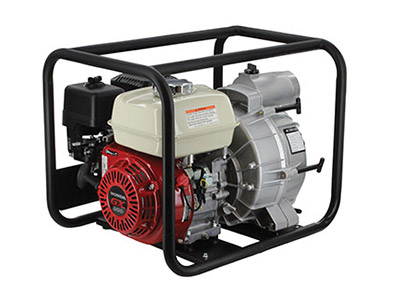Coagulation and Flocculation Processes in Effective Water Treatment Solutions
Coagulation and Flocculation in Water Treatment
Coagulation and flocculation are essential processes in water treatment that enhance the removal of suspended solids, colloidal particles, and certain impurities from water. These processes play a critical role in ensuring the provision of safe, clean drinking water and in the treatment of wastewater before its release into the environment.
The coagulation process involves the addition of chemical coagulants, which are typically salts of aluminum or iron, to raw water. The primary purpose of these coagulants is to neutralize the electrical charges that stabilize suspended particles. When introduced to water, coagulants undergo hydrolysis, producing charged species that destabilize the colloidal particles, allowing them to agglomerate. Common coagulants include aluminum sulfate (Al2(SO4)3), ferric chloride (FeCl3), and polyaluminum chloride, each of which serves to effectively reduce the particle charge within the water.
Following coagulation, flocculation occurs. This stage involves the gentle mixing of the water to promote the collision and agglomeration of destabilized particles into larger clusters called flocs. Flocculation is typically facilitated by the addition of flocculants, which are long-chain polymers that help bind the particles together. The gentle stirring action encourages these flocs to grow in size, which enhances their settling ability in subsequent sedimentation processes.
coagulation and flocculation in water treatment

The efficiency of coagulation and flocculation relies on several critical factors, including the type and dosage of the coagulants, pH of the water, temperature, and mixing intensity. Optimal conditions must be established to achieve the best removal efficiency. For instance, the pH of the water plays a vital role; most coagulants are most effective in a certain pH range. Aluminum-based coagulants generally function well between pH 6.5 and 7.5, while iron-based coagulants may perform better in slightly acidic conditions.
Once the flocs are formed, the water typically undergoes sedimentation, where the larger flocs settle to the bottom of the treatment tank. This process greatly reduces the turbidity of the water. After sedimentation, the clarified water is often filtered to remove any remaining particles and then disinfected, typically using chlorine or ultraviolet light, to eliminate pathogens.
The combined processes of coagulation and flocculation are not only critical in water treatment facilities but also in managing stormwater runoff, industrial process water, and even in recreational water bodies. Advances in technology and chemistry continue to enhance these processes, making them more efficient and sustainable.
In conclusion, coagulation and flocculation are fundamental operations in the water treatment process, essential for producing high-quality drinking water and protecting public health. As global freshwater resources become increasingly stressed, the optimization of these processes will be vital in addressing water quality challenges worldwide. Implementing best practices and innovations in coagulant chemistry and application techniques holds the promise for more efficient and effective water treatment in the future.
-
lk-319-special-scale-and-corrosion-inhibitor-for-steel-plants-advanced-solutions-for-industrial-water-systemsNewsAug.22,2025
-
flocculant-water-treatment-essential-chemical-solutions-for-purification-processesNewsAug.22,2025
-
isothiazolinones-versatile-microbial-control-agents-for-industrial-and-consumer-applicationsNewsAug.22,2025
-
scale-inhibitor-key-solutions-for-water-system-scale-preventionNewsAug.22,2025
-
organophosphonates-versatile-scale-inhibitors-for-industrial-water-systemsNewsAug.22,2025
-
scale-and-corrosion-inhibitor-essential-chemical-solutions-for-water-system-maintenanceNewsAug.22,2025





